Global Train Brake System Market - Comprehensive Data-Driven Market Analysis & Strategic Outlook
- Global train brake system market valued at approximately USD 6106 million in 2025, growing at a CAGR of around 7.0% through 2032, with potential to exceed USD 9808.8 million.
- Brake shoe Brake System account for a market share of 38.3% in 2024, driving innovation and expanding applications through intense research.
- Key trends driving growth: Rising investments in railway infrastructure and high-speed trains, Growing emphasis on passenger safety and accident prevention
- Opportunities include Adoption of advanced electronic braking and automation offers growth opportunities
- Key insight: The market is set to grow exponentially in value over the next decade, highlighting significant growth opportunities.
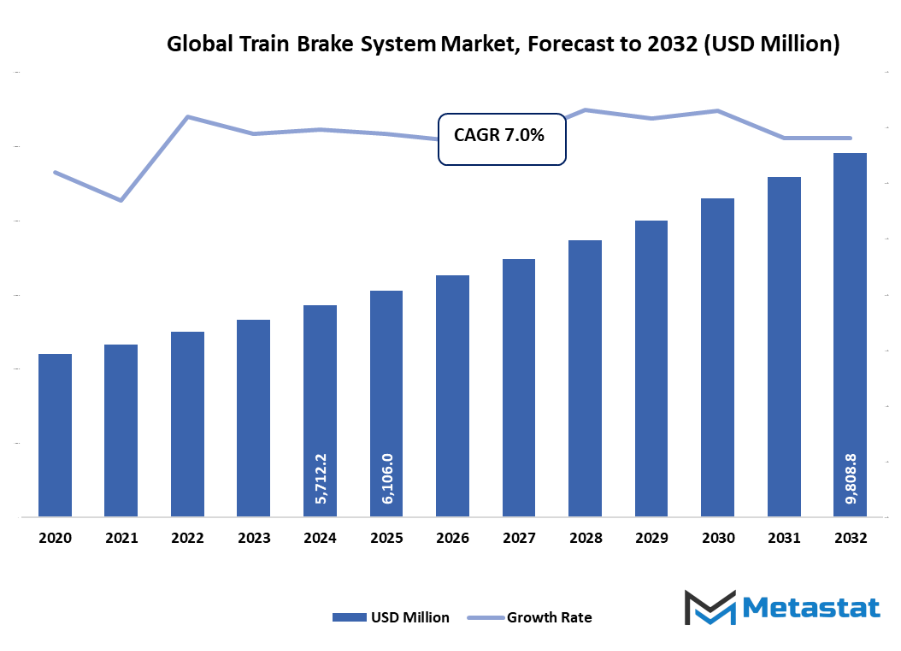
Market Background & Overview
The global train brake system market will be a unique segment that specializes in the rail and transportation equipment industry, with a focus on the creation, production, and implementation of the braking systems that are designed specifically for passenger, freight, and high-speed trains. This market is expected to go beyond the standard brake technology using advanced mechanical, pneumatic, and electronic systems to provide the accurate control, safety, and operational efficiency of the wide variety of rail networks. In the case of reliability, quick reaction, and longevity, manufacturers will give priority to these parameters to be able to solve the different train speeds, loads, and environmental conditions in an effective way.
The smart braking technologies like the electronically controlled pneumatic brakes, regenerative systems, and automated monitoring solutions are some of the key features that are going to bring changes in the industry. The process of deceleration of the train will be optimized by these systems, the parts that come into contact during this process will not have a great wear, and energy efficiency will be improved, besides this, predictive maintenance and operational safety would also be facilitated. Customization of the braking systems will become of greater importance for the market players, as they must adapt to the local regulatory standards, conditions of the tracks, and train configurations so that there is a smooth transition from the modern to the legacy rail networks.
Market Segmentation Analysis
The global train brake system market is mainly classified based on Type, Component, Technology, Train Type.
By Type is further segmented into:
- Brake shoe Brake System: Brake shoe brake systems will still be a major part of the global train brake system market, as their stability and affordability have been proven over time. The next generation in friction materials and designs with wear resistance will allow them to extend not only their performance and safety, but also their lifetime thus, these brakes will be part of traditional and regional train applications around the globe.
- Disc Brake System: Disc brake systems will be all the rage for the next years in the global train brake system market as they offer better braking power, lower maintenance needs, and superior heat dissipation. The progress of materials, the optimization of designs, the integration with electronic control systems are all factors that will contribute to making disc brakes adopted for high-speed and urban transit trains.
- Electromagnetic Brake System: The market for electromagnetic brake systems is to expand in the global train brake system market as these brakes can be very gentle and accurate. The main points of the new developments are going to be energy-saving, less wear, and more efficient integration with regenerative braking systems all of which supporting safe and environmentally friendly operations in modern railway networks.
- Dynamic Brake System: With the conversion of kinetic energy into electrical or mechanical energy, dynamic brake systems will take more significant space in the global train brake system market. The next innovations will enable the recovery of energy, the tiniest of wear on the mechanical component, and the achievement of smooth deceleration in the case of high-speed and heavy-load train applications thus, making a great contribution to operational efficiency.
By Component the market is divided into:
- Brake Pads: Brake pads will be one of the most important things that will stay in the global train brake system market to have an impact on the system's safety and performance. The progress in composite materials and fire-resistant formulae will prolong life, boost the friction rate, and even lower the service requirements so that the minimum breakdown will be maintained in different trains and even on various tracks.
- Rotors: Rotors are still going to take the centre stage in the global train brake system market and, thus, ensuring proper braking efficiency on a regular basis. The developments in alloy compositions, lightweight designs, and thermal management will extend the product's lifetime and performance (mainly for high-speed and heavy trains) and will let the system weigh lesser and consume less energy.
- Cylinders: Cylinders are still going to be crucial in the global train brake system market, as they are responsible for the hydraulic or pneumatic pressure control for the most accurate braking. Future models will require the utmost in sealing, reliability, and maintenance convenience, even handling the most varied brake system and train types under different conditions.
- Valves: Valves are another important component in the global train brake system market as they control the flow of fluid or air to regulate the braking force. New technologies will work on automation, the longevity of the device, and the exact timing in the response of the brakes; thus, a gradual and efficient brake system will be possible with the elimination of faults and downtimes.
- Controllers: Controllers will become increasingly important in the global train brake system market as their function is to control the braking systems electronically. Intelligent controllers will be part of the train conditions monitoring tools, fault diagnostics, and maintenance prediction software as well as braking algorithms that will be more resilient, and thus, a safer and more efficient employing of the high-speed and suburban trains networks will be possible.
By Technology the market is further divided into:
- Hydraulic Brake Systems: One of the most important reasons will always be the hydraulic brake systems which are characterized by their reliability and precise force application. These systems will still be used in the global train brake system market. Future developments are likely to concentrate on energy efficiency, leakage prevention, and the compatibility of modern electronic controls in varying operational conditions to achieve consistent braking performance.
- Pneumatic Brake Systems: While pneumatic brake systems will continue to be the most dominant systems in the global train brake system market, these will mainly be used in freight and heavy-load trains. Some prominent technological improvement would be quicker response times, better air compression efficiency, and the incorporation of digital monitoring systems for brake operations that are safer and more efficient.
- Vacuum Brake Systems: In the meantime, vacuum brake systems will continue to operate legacy trains. There will be several improvements such as reliability, ease of maintenance, and hybrid integration with modern technologies that will make it possible for the used areas to maintain their safety and efficiency while infrastructure upgrades are going very slow in certain areas.
- Electromechanical Brake Systems: The global train brake system market for electromotor brake systems will continue to grow with the adoption of braking done electromagnetically by mechanical components followed by electronic control for energy saving and precision. A few aspects likely to be proposed in the future system are the blending of prediction algorithms, regenerative braking, and remote monitoring, which lead to the high-performance, safety, and overall energy management of modern rail networks.
- Magnetic Brake System: Besides the above technologies, companies involved in the development and promotion of the latest magnetic brake systems are likely to be among the winners within the global train brake system market due to the fact that these systems work without any contact between the moving parts and provide extremely reliable performance. Furthermore, the combined effect of using advanced magnetic materials, optimizing design and the direct coupling of regenerative systems will propel these brakes into the future of fast-speed and urban trains where safety is ensured through less mechanical wear and wear resistant trains are used to some extent.
By Train Type the global train brake system market is divided as:
- Metros: Metros are still going to be the major factor behind the rise of the global train brake system market. This is because the increasing demand for urbanization and the expansion of public transit systems will require more metros. The use of advanced braking systems is going to be very important to this development since they, among other things, guarantee safety and energy efficiency. Furthermore, the smart integration with signaling systems will be one step further towards the overall transit reliability.
- Monorail: Monorails, on the other hand, will not be left out of the train brake system market, as they will be a considerable factor in this market. Their usage in urban and tourist transit, projects is the reason for their growth. Braking systems for monorails are to be lightweight, precise, and energy-efficient, which will make it possible for these systems to operate smoothly and safely with low maintenance requirements. This in turn will enable them to cope with the increasing passenger capacity of modern urban conglomerates.
- Passenger Train: Passenger trains are expected to remain a significant sector in the global train brake system market. The need for safe and high-performance braking at varying speeds is what mainly causes the demand for braking systems in passenger trains. In the future, the primary focus will be on the integration of regenerative braking, the use of advanced materials, and real-time monitoring systems to provide safety, make the train energy-neutral, and contribute to the passenger's comfort in long-distance and intercity services.
- Light Rail/Trams: The adoption of light rail and trams in the global train brake system market is not going to be any less than steady as the cities are expanding their urban transit networks. The focus of the braking system should be on the achievement of a successful energy recovery that is made through precise control and smooth deceleration, which ultimately would ensure operational efficiency, passenger safety, and comfort in densely populated areas with frequent stops.
- Freight Train: Freight trains will still be among the essential portions in the global train brake system market and will always have the requirement for sturdy and durable braking systems to handle heavy loads. The areas of innovation will be centered on the reduction of wear, the improvement of response times, and the integration of advanced monitoring technologies which will guarantee safety, operational efficiency, and cost-effectiveness in long-haul freight transport.
|
Forecast Period |
2025-2032 |
|
Market Size in 2025 |
$6106 Million |
|
Market Size by 2032 |
$9808.8 Million |
|
Growth Rate from 2025 to 2032 |
7.0% |
|
Base Year |
2024 |
|
Regions Covered |
North America, Europe, Asia-Pacific, South America, Middle East & Africa |
By Region:
Infrastructure development, railway modernization programs, and regulatory standards will be the principal factors leading to varied regional dynamics in the global train brake system market. For instance, the North America area that includes the U.S., Canada, and Mexico will be one of the most important regions owing to the diverse projects of high-speed rail, freight network expansion, and urban transit systems. Besides safety improvements, several other aspects like energy saving, and operational reliability will be the focal points of manufacturers while developing technology in passenger as well as freight applications.
Among the EU countries (such as the UK, Germany, France, Italy), precision-engineered braking systems will be the major selling point of the new train brake system market. The solution providers and operators will be eager to get the product that is compatible with modern signaling and train control technologies. They will also seek to renew the aging rail networks with smart engineering to get better performance and to have less maintenance work.
On one hand, Asia-Pacific, including India, China, Japan, South Korea, and other neighbouring countries, the need for modern train brake technologies will be very high as a result of the extending railway network, the building of the high-speed rail, and urban transit development. On the other hand, the South America, fortified by Brazil and Argentina, will turn to the global train brake system market for solutions that will provide strong and stable rail freight and passenger operations. On top of that, the MENA region, consisting of GCC countries, Egypt, and South Africa, will need cutting-edge brake systems in order to deliver the high quality of rail transport required as a result of the severe weather in the area and rapid demand. Altogether, these regions will get the market to move forward with rail transportation by integrating technology, meeting regulations, and tailoring solutions that assure the safety and reliability of rail transportation while saving energy.

Market Dynamics
Growth Drivers:
Rising investments in railway infrastructure and high-speed trains: The highest investments in railway infrastructure and high-speed trains are the main factors responsible for the rise of the global train brake system market. The opening of urban transit networks, the renewal of intercity rail, and the installation of high-speed lines create a great need for the use of trusted braking solutions that assure safety, save the energy, and give out the expected performance to the already varying conditions of operations.
Growing emphasis on passenger safety and accident prevention: The global train brake system market registered a growth due to the safety measures taken by the organizers who are increasingly relying on the latest technologies in accident prevention. As a result of the growing risk aversion mentality, advanced braking technologies, real-time monitoring, and predictive maintenance systems are introduced in the train braking system worldwide for safety reasons, which consequently bring the train braking systems to the status of global innovation and upgrade sectors.
Restraints & Challenges:
High installation and maintenance costs restrict adoption: The global train brake system market faces limited use of high installation and maintenance costs that are prohibitive. The cost of advanced braking parts, the integration of the train system, and the ongoing maintenance may be a deployment limitation, particularly in the areas with budget restrictions, which in turn creates a problem for manufacturers and operators who are in quest of cost-effective and reliable solutions.
Complex integration with modern signaling systems poses challenges: Hidden intricacies in the relationship between old and new signaling systems are the difficulties faced by the global train brake system market. Achieving compatibility with digital controls, communication networks, and automated train management systems necessitates exact engineering, software support, and testing, which may lead to longer implementation periods and higher technical difficulties for the staff of older train fleets they are upgrading.
Opportunities:
Adoption of advanced electronic braking and automation offers growth opportunities: The global train braking system market will rise through the use of cutting-edge electronic braking and automation. The implementation of these types of innovation including the use of electromechanical systems, smart controllers and regenerative braking, will by far be able to both decrease wear on the hardware and stabilize safety thereby giving the rail operators the opportunity to both upgrade their fleets and cater to the increasing demand of the rapid and urban transit networks.
Competitive Landscape & Strategic Insights
The global train brake system market will see the coexistence of both the top-tier multinational companies and the up-and-coming local players who will influence such a competitive landscape where the main factors that would drive competition would be technological innovation, reliability, and safety. Wabtec, Knorr-Bremse, Akebono, and Amsted Rail, along with other leading companies in the industry, will not only be able to lead the market through their sophisticated braking solutions but also through their vast research capabilities and global service networks. It is expected that these corporate giants will be actively engaged in the task of using electronic, pneumatic, and regenerative brake technology for a better performance of the train and operational safety.
Surrounded by Regional Players, the group consisting of Escorts Limited, NYAB Products, European Braking Systems, CLEARSY SYSTEMS ENGINEERING, Shanghai Suyu Railway Material, DAKO-CZ, CRRC, and Hyundai Rotem Company, will cover the market demand for solutions tailored to specific rail networks, environmental conditions, and regulatory frameworks. These companies will aim to develop braking systems that are cost-effective, long-lasting, and are customizable as per the unique operational requirements of passenger and freight trains.
Improvements in the company's internal processes will be successful only through creativity, precision engineering, and the use of smart monitoring systems. To increase reliability and safety and, at the same time, reduce maintenance downtime, companies will apply predictive maintenance technologies, automated diagnostics, and data-driven performance analysis. As a result of the cooperation between the global leaders and local innovators, a market for the Global Train Brake System will be in continuous transformation to provide advanced, reliable, and efficient braking solutions to support the expansion and modernization of rail networks globally.
Forecast & Future Outlook
- Short-Term (1–2 Years): Recovery from COVID-19 disruptions with renewed testing demand as healthcare providers emphasize metabolic risk monitoring.
- Mid-Term (3–5 Years): Greater automation and multiplex assay adoption improve throughput and cost efficiency, increasing clinical adoption.
- Long-Term (6–10 Years): Potential integration into routine metabolic screening programs globally, supported by replacement of conventional tests with advanced biomarker panels.
Market size is forecast to rise from USD 6106 million in 2025 to over USD 9808.8 million by 2032. Train Brake System will maintain dominance but face growing competition from emerging formats.
The global train brake system market is the aspect which looks to the future as it should; it thus becomes the backbone of safe and efficient rail transport systems worldwide. Research, innovation, and quality upkeep will continue to be the main goals of producers in order to cater to the demands of passenger as well as freight operators which are expanding at a large scale. The sector is ultimately going to be the one to reap all the benefits by being able to provide reliable and safe transport that is efficiency, along with high-performance, durable, and advanced technology brake solutions, thus, developing the global train brake system market as one of the main characters in the transfer of rail mobility.
Report Coverage
This research report categorizes the Train Brake System market based on various segments and regions, forecasts revenue growth, and analyzes trends in each submarket. The report analyses the key growth drivers, opportunities, and challenges influencing the Train Brake System market. Recent market developments and competitive strategies such as expansion, type launch, development, partnership, merger, and acquisition have been included to draw the competitive landscape in the market. The report strategically identifies and profiles the key market players and analyses their core competencies in each sub-segment of the Train Brake System market.
Train Brake System Market Key Segments:
By Type
- Brake shoe Brake System
- Disc Brake System
- Electromagnetic Brake System
- Dynamic Brake System
By Component
- Brake Pads
- Rotors
- Cylinders
- Valves
- Controllers
By Technology
- Hydraulic Brake Systems
- Pneumatic Brake Systems
- Vacuum Brake Systems
- Electromechanical Brake Systems
- Magnetic Brake System
By Train Type
- Metros
- Monorail
- Passenger Train
- Light Rail/Trams
- Freight Train
Key Global Train Brake System Industry Players
- Wabtec
- Escorts Limited
- Knorr-Bremse
- Akebono
- NYAB Products
- European Braking Systems
- CLEARSY SYSTEMS ENGINEERING
- Amsted Rail
- Shanghai Suyu Railway Material
- DAKO-CZ
- CRRC
- Hyundia Rotem Company
WHAT REPORT PROVIDES
- Full in-depth analysis of the parent Industry
- Important changes in market and its dynamics
- Segmentation details of the market
- Former, on-going, and projected market analysis in terms of volume and value
- Assessment of niche industry developments
- Market share analysis
- Key strategies of major players
- `Emerging segments and regional growth potential



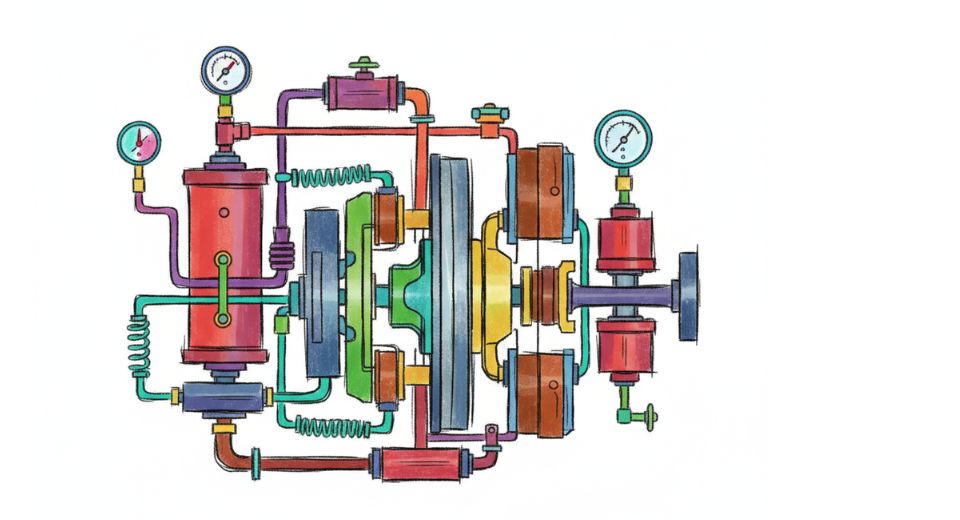
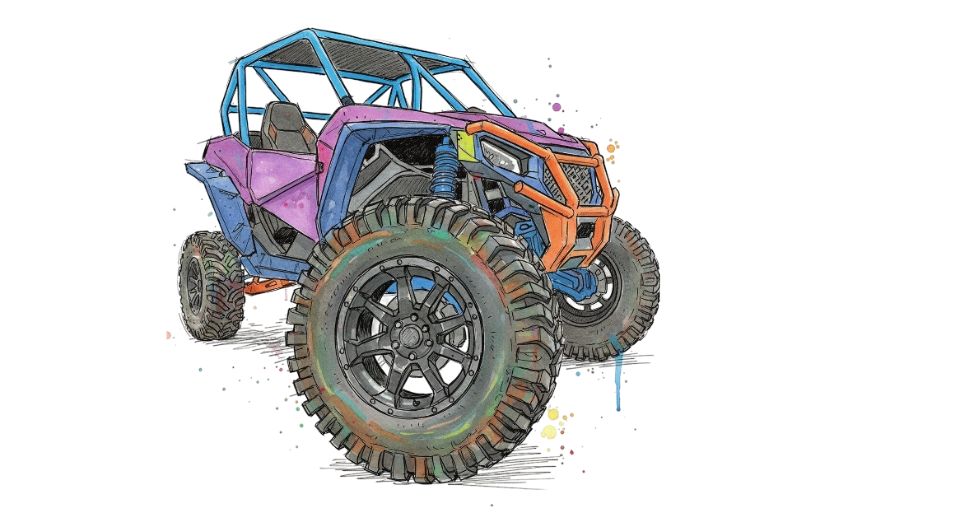
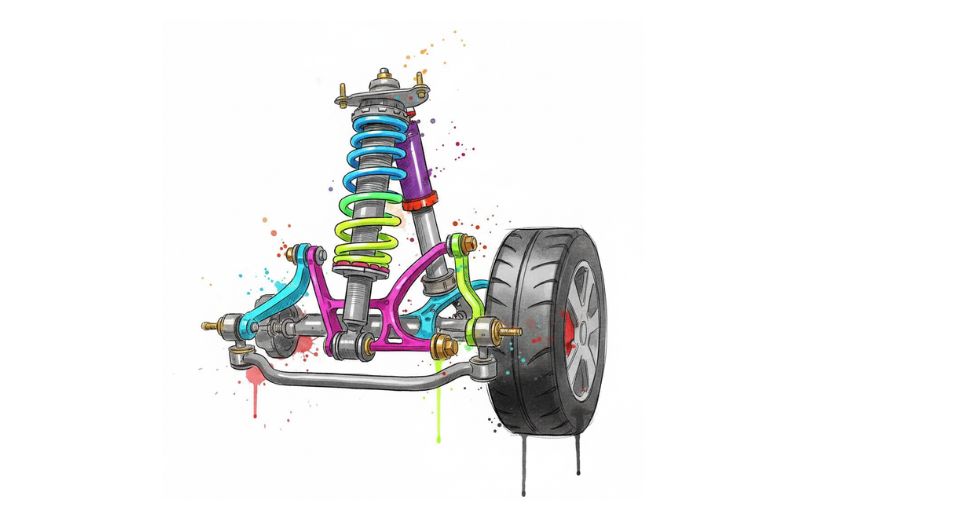
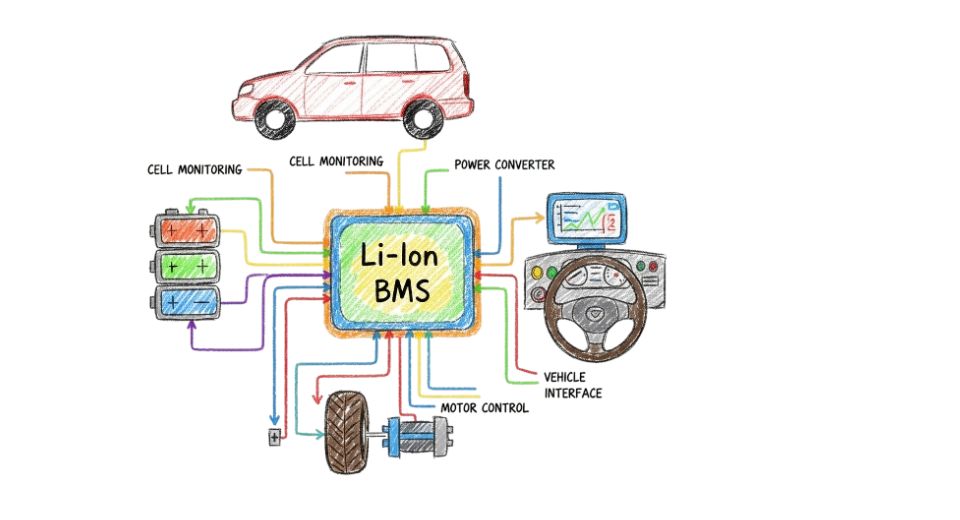




 US: +1 3023308252
US: +1 3023308252






